Bamboo furniture has characters as environmental protection, durability and unique natural beauty so it is popular,Its manufacturing process mainly includeing material choosen, pretreatment, processing and molding, assembly and surface treatment, following is the details:
1. Choose aterial
The raw materials of bamboo furniture are mainly from moso bamboo or nan bamboo. Mature bamboo with a growth of 4-6 years, same diameter and moderate wall thickness should be selected. After felling, the branches and leaves need to be removed and stored by length and diameter to ensure the stability of subsequent processing.
2. Pretreatment
The fresh bamboo has a lot of water and sugar, which is easy to crack, mildew or insect-eaten, so the fresh bamboo should be mildew-proof, insect-proof and dried:
– Desugaring and defatting: Put the bamboo in a special solution or steam it to remove sugar and starch and reduce the risk of insect-eaten.
– Drying: Use natural drying or drying kiln to control the moisture content from 8% to 12% to prevent deformation.
– Carbonization treatment (optional): High temperature baking makes the bamboo darker and enhances moisture-proof and anti-corrosion properties.
3. Processing and shaping
According to the design requirements, bamboo can be processed in different methods:
– Cutting and slicing: Using a cutting machine to cut the bamboo into the requested length and split it into bamboo slices or strips.
– Flattening and shaping: Curved bamboo needs to be softened at high temperature and flattened,then shaped by a mold.
– Making boards: Bamboo strips glued and hot-pressed into bamboo composite materials or reconstructed bamboo to improve stability, which is suitable for making desktops or cabinets.
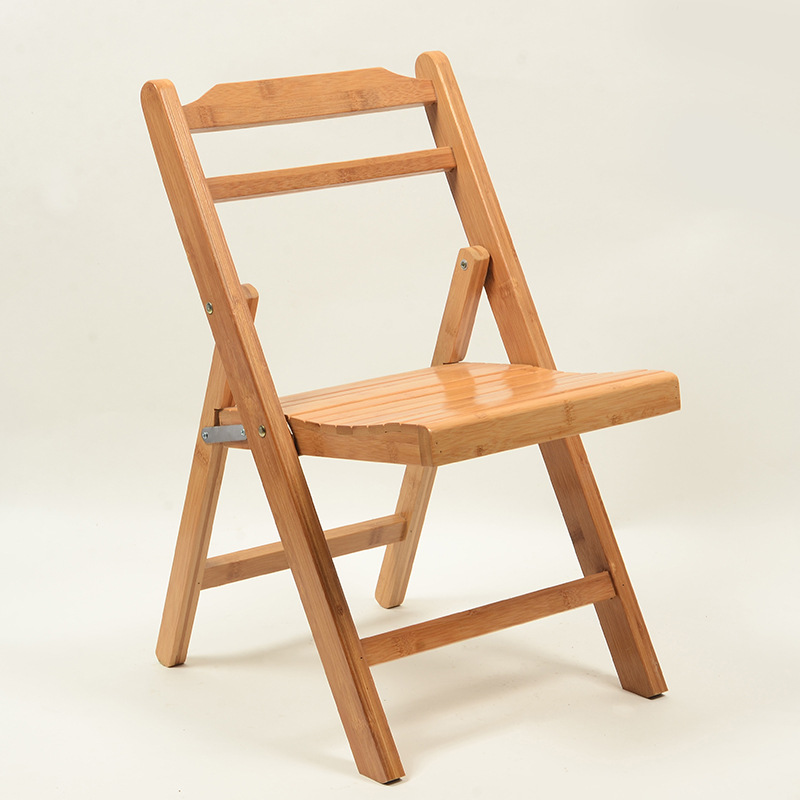
4. Component production
– Frame production: Using mortise and tenon joints, drilling holes or metal connectors to assemble bamboo canes to ensure a stable structure.
– Surface polishing: Using sandpaper or mechanical polishing to remove the burrs and make it smooth while touching.
5. Assembly and fixed
Connecting the components by mortise and tenon joints, gluing or hardware, and complicated structures require partial reinforcement. Check the whole firmness and balance after assembly.
6. Surface treatment
– Painting: spray varnish, wood wax oil or eco-friendly paint to improve waterproofness and highlight bamboo grain.
– Dyeing (optional): change the color by dyeing process to meet different style needs.
7. Quality inspection and packaging
The finished bamboo furniture needs to be inspected for structural strength, surface smoothness and eco-friendly indicators. After the inspection passed, it is packaged and usually protected by moisture-proof materials for transportation.
Bamboo furniture manufacturing combines traditional craftsmanship with modern technology, has both beauty and practicality. Its environmental protection characteristics are in line with the concept of sustainable development, but the anti-mildew and anti-cracking process must be strictly controlled to ensure the quality of bamboo furniture.

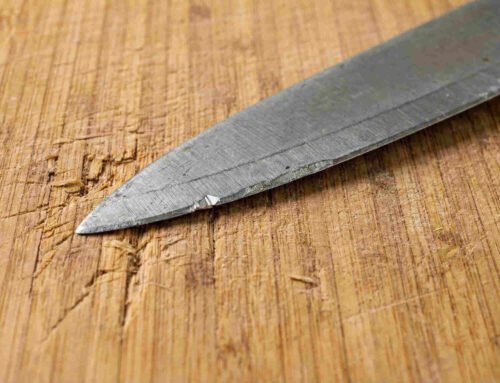
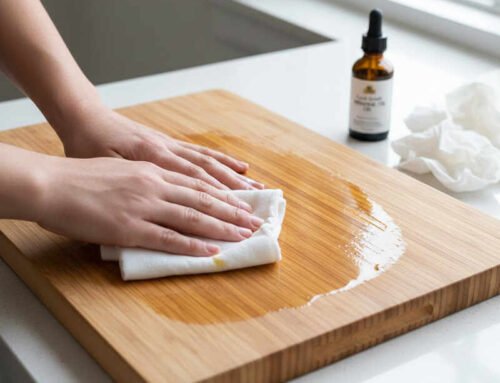

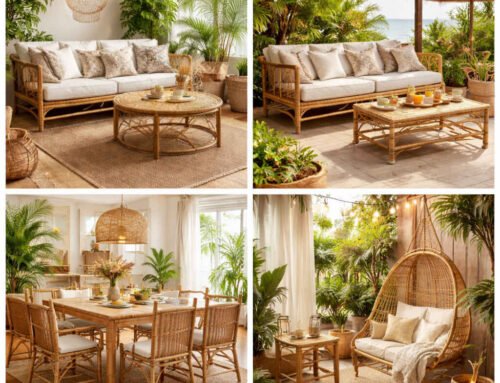
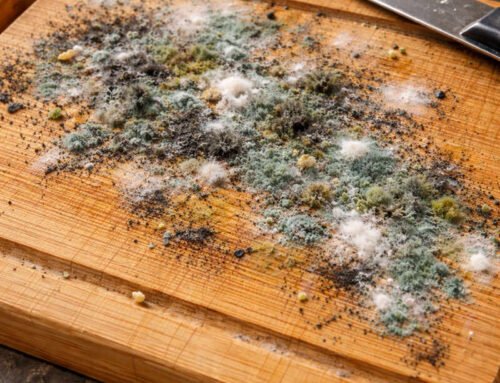
Leave A Comment